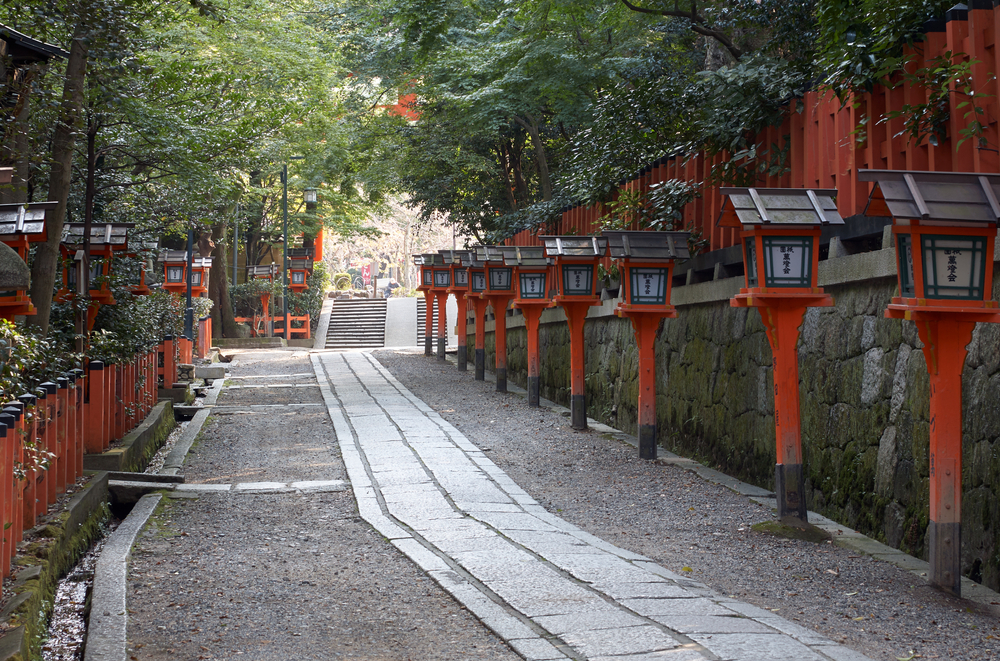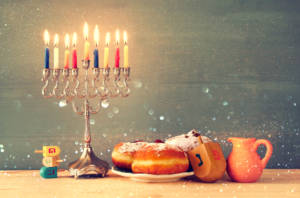
If you’ve ever been inside a Japanese garden, you may have seen lanterns on the ground or sitting on poles. Most of these lanterns have an umbrella-shaped top that’s either square or round. These belong to a class of lanterns called tōrō, a Japanese word that means “light basket” or “light tower.” These little lamps have a long history behind them, crossing national borders and lighting minds and hearts along the way.
A Trip Through Nations and Centuries
Tōrō appear in home and public gardens, but they were first used to light the way leading to a Buddhist temple or a Shinto shrine. Each path, called a sandō, starts with a tall gate known as a torii. Tōrō illuminated the main gate and lined the approach toward the temple’s or shrine’s entrance.
According to an entry from the Japanese Architecture and Art Net Users System, tōrō originated in China several centuries ago. Along with the Buddhist faith, these lamps came to Korea around the fourth century C.E. By the sixth century, both Buddhist temples and the tōrō illuminating them had made their way to Japan. From there, tōrō began appearing in Shinto shrines.
The Brooklyn Museum explains that tōrō likely originated in India, where Buddhism got its start. Lit lanterns are considered offerings to Buddha. Dharma Drum Mountain explains that they’re one of six types of offerings, along with water, incense, flowers, food, and perfume.
The Tale of Poor Woman Nanda
Meanwhile, lit lamps play an important role in the Buddhist story of Poor Woman Nanda. In the tale, Nanda felt sorrowful because she wanted to make an offering to Buddha but was too poor to afford anything. She begged tirelessly on the streets until she earned more money, then went to buy oil. Because she still didn’t have enough coin, the merchant asked what she needed the oil for. When she told him about her desire to make an offering, he gave her enough oil to completely light one lamp. At the temple, the Buddha declared that her lamp would never extinguish.
The Anatomy of a Tōrō
The Japanese Wiki Corpus describes the tōrō’s components and symbolism:
- Hōju, an onion-shaped orb on top
- Kasa, the umbrella-like cap under the hōju
- Hibukuro, the chamber in which the light burns
- Chudai, the platform supporting the hibukuro
- Sao, either a post or multiple legs that hold the lantern
Depending on a tōrō’s construction, it may have some additional components. The hōju rests on an ukebana, a supportive cup-shaped piece mounted on top of the kasa. Pedestal lanterns have kiso, or a base that’s either hexagonal or round. Some also have kidan, or slabs of rock that sit under the base.
Many Types of Tōrō
The Japanese Wiki Corpus mentions that tōrō are almost exclusively used outdoors. Many are fixed, which means they generally aren’t moved after installation. But some versions, known as oko-dōrō, appear indoors near altars inside Buddhist temples.
Tōrō come in two basic styles: hanging and non-hanging. Dai-dōrō, or non-hanging tōrō, typically fall into four categories. There are tachi-dōrō, pedestal lanterns with decorated light chambers. Ikekomi-dōrō are installed directly into the ground, so they don’t have bases or legs. Oki-dōrō are moveable lanterns usually supported by a base. Yukimi-dōrō are also moveable, sporting three to six legs and a wide cap that’s lower to the ground.
Light Leading to Life
Light has a practical purpose, but humans have given it greater symbolism. Many holidays have light as one of their key themes — for example, clay diyas lit for Divali or menorahs during Hanukkah. Like these other sacred lights, tōrō also bring deeper meaning with them. Perhaps light itself is an offering from the beginning of the universe. Without it, nothing would exist: not the cosmos, not our planet, and certainly not humankind.



